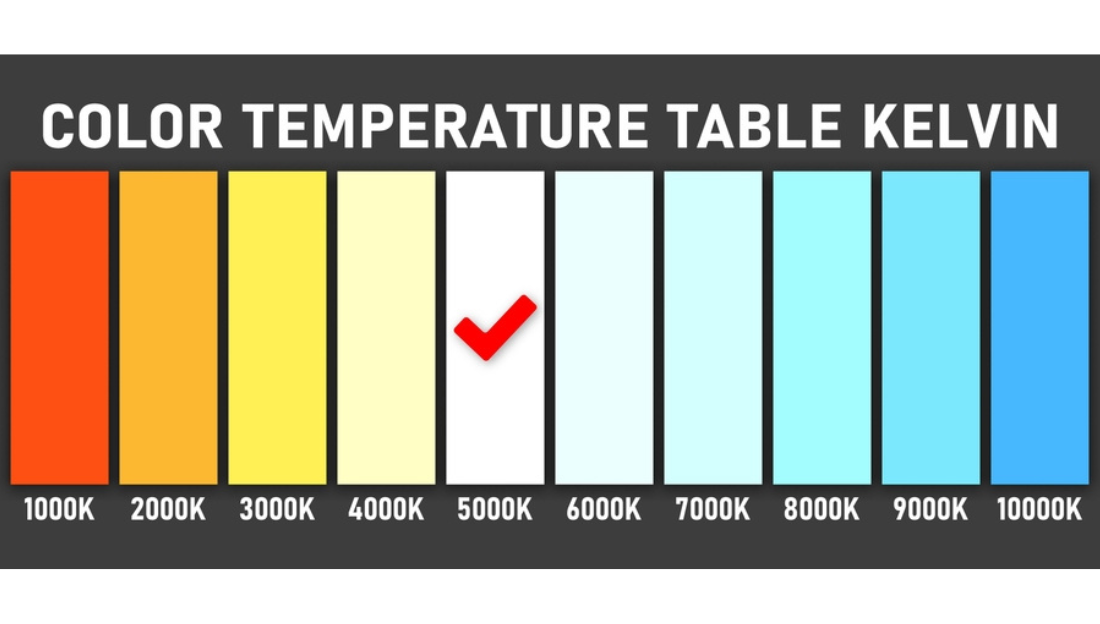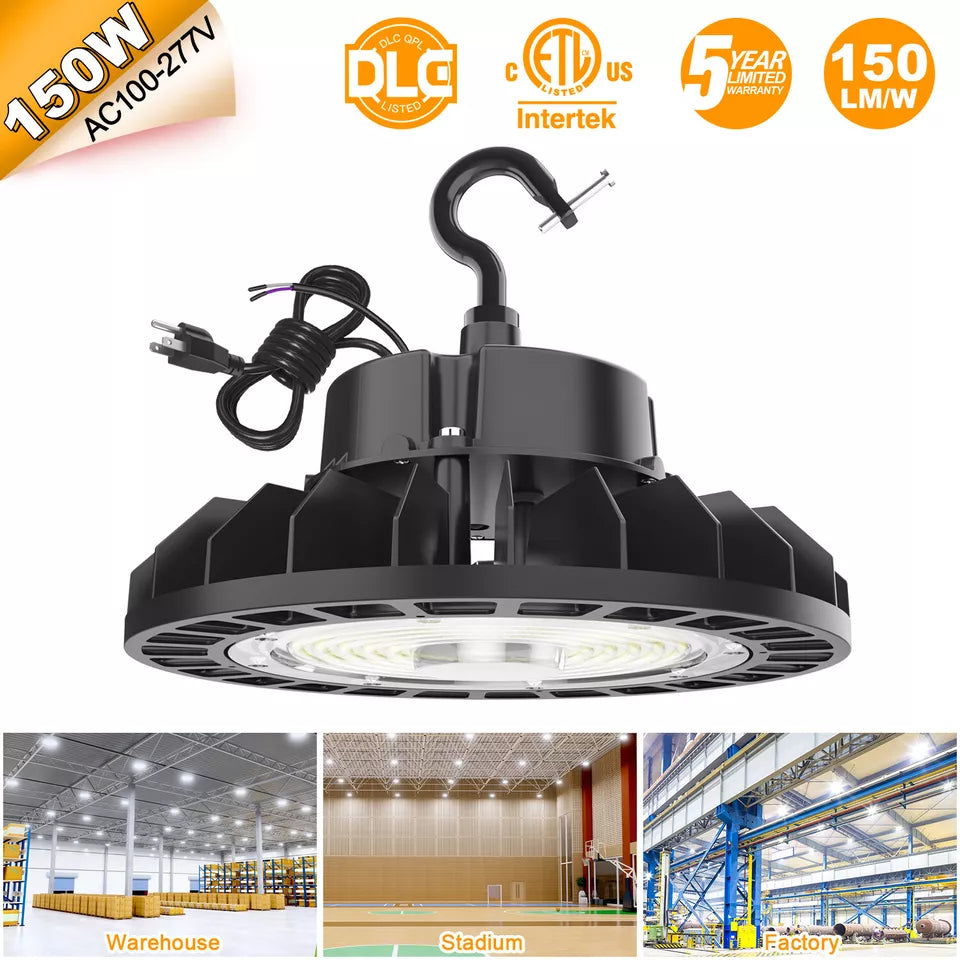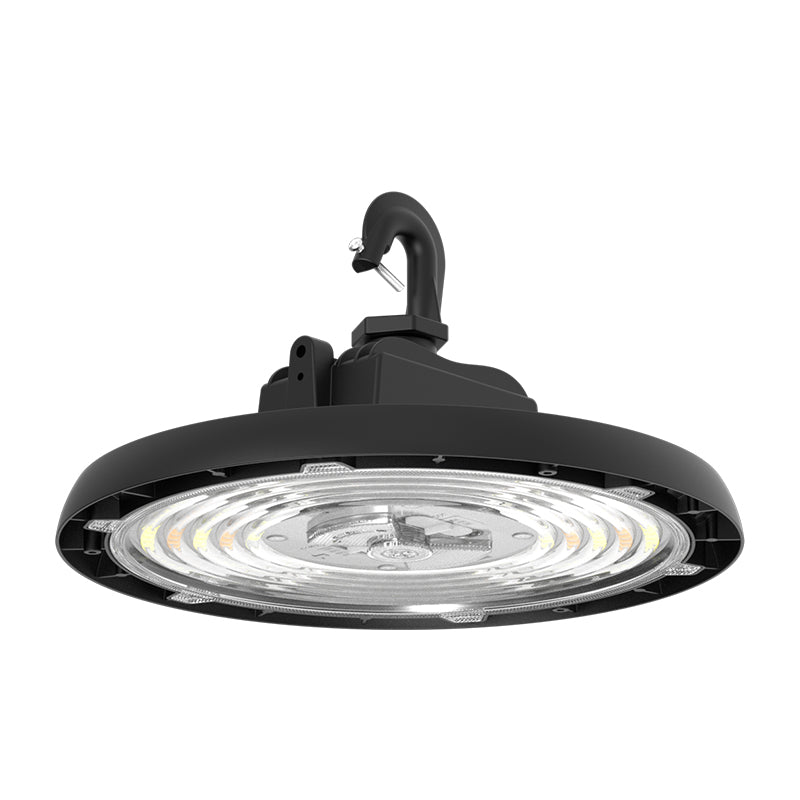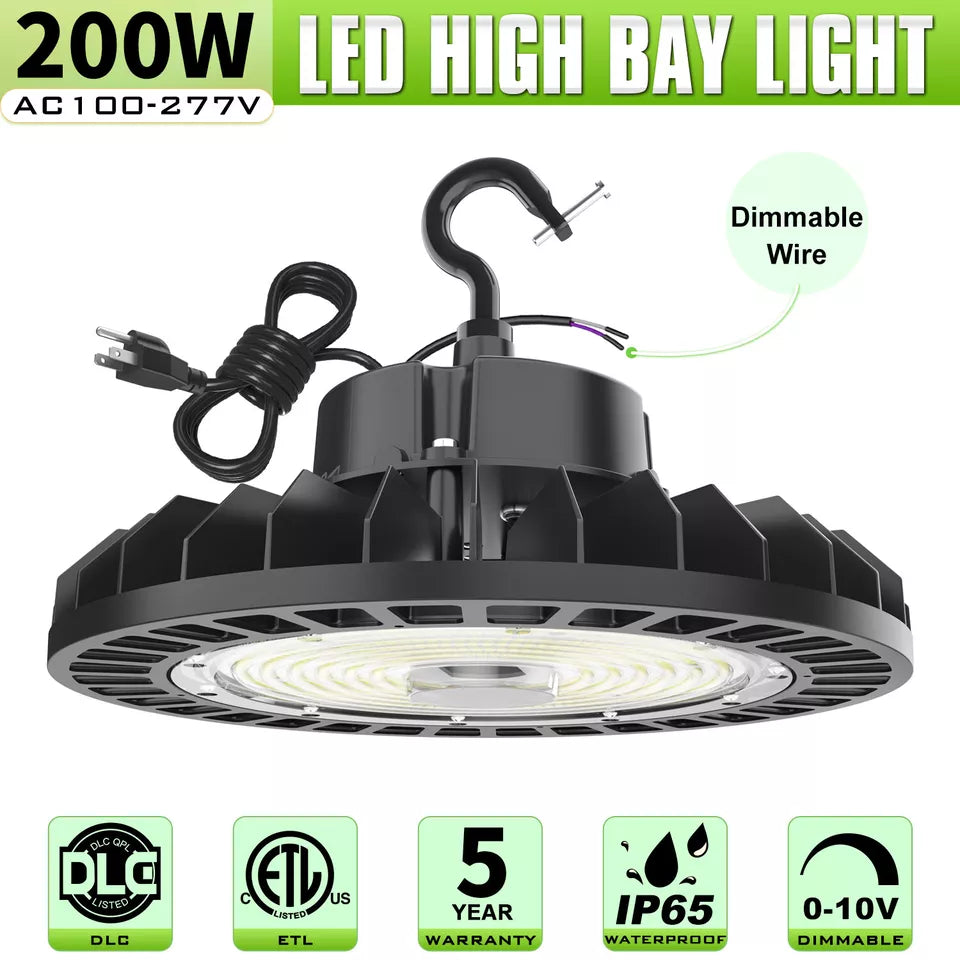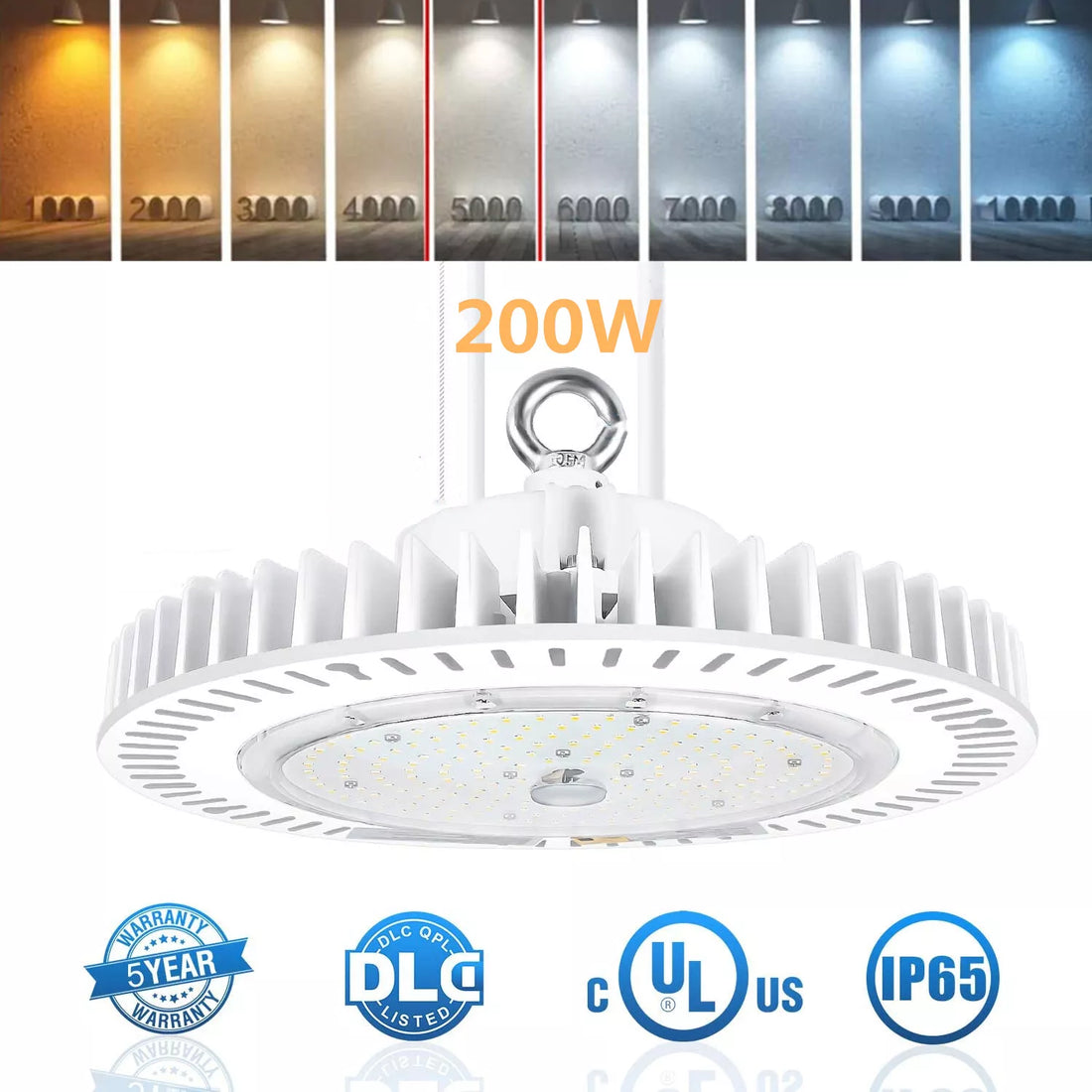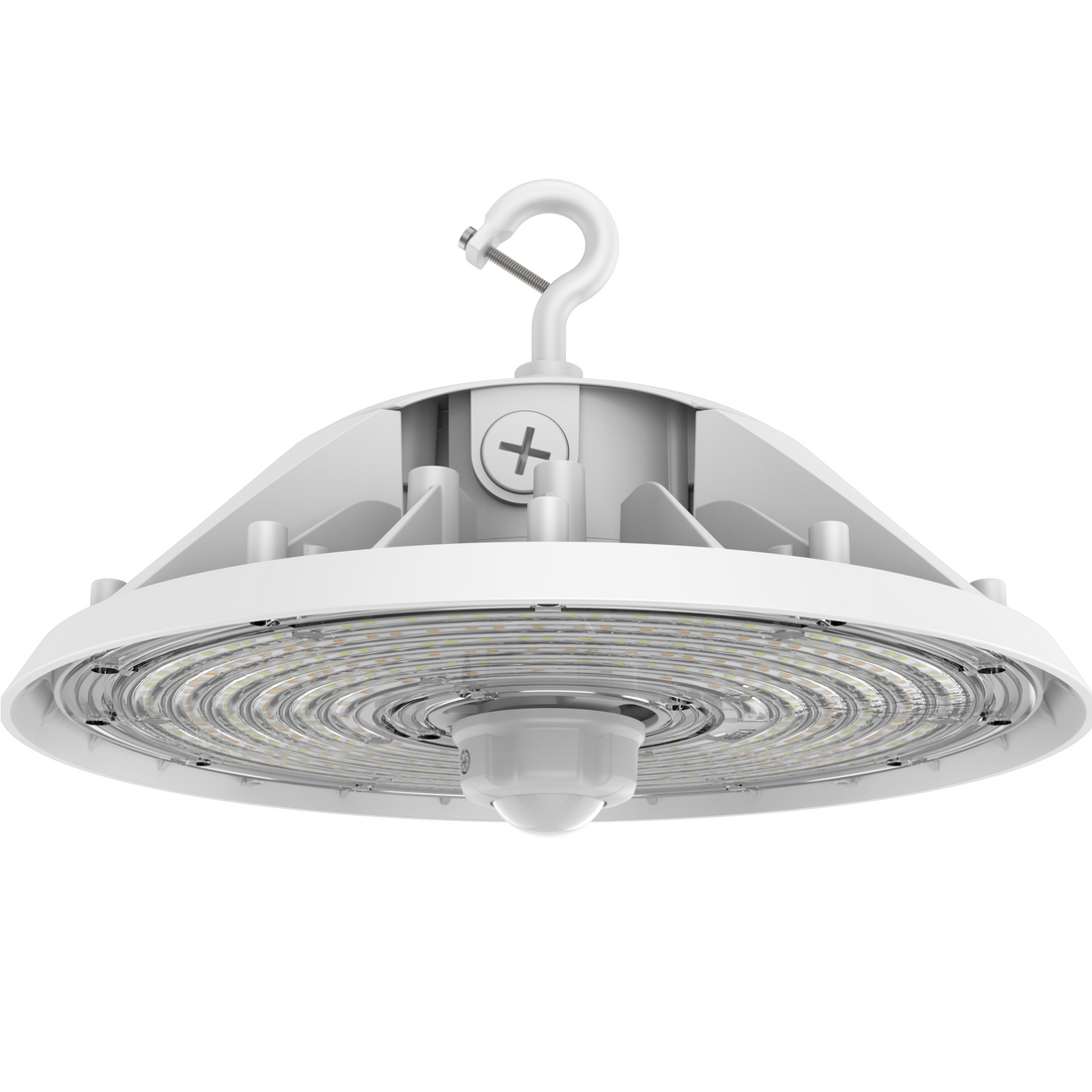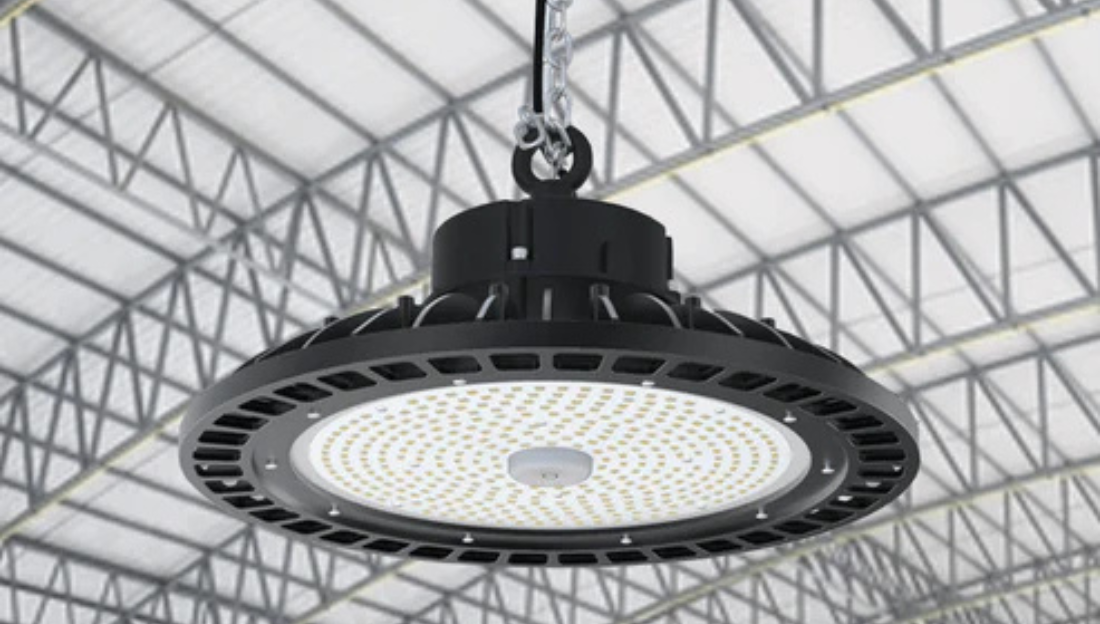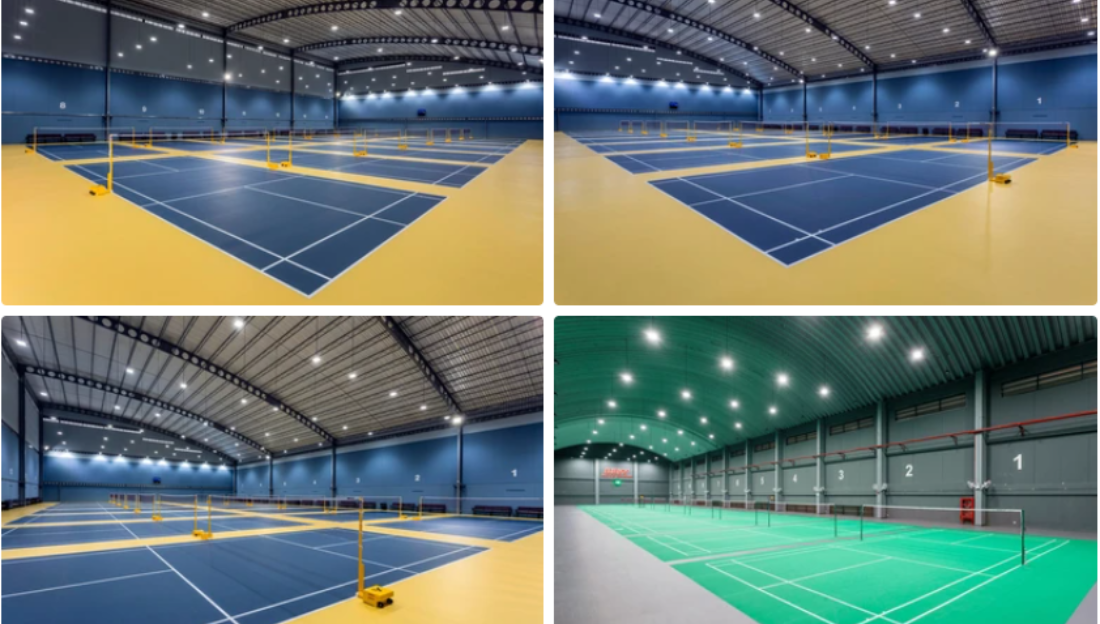When choosing LED lighting, one of the most common questions people ask is whether a 5000K LED is too bright. The answer isn’t as straightforward as a simple yes or no. It depends on multiple factors, including the intended use, lumens output, and the specific application. In this blog, we will explore the characteristics of 5000K LEDs, their best applications, and important FAQs to help you make an informed decision.
Understanding 5000K LED Lighting
The term "5000K" refers to the color temperature of the LED light, measured in Kelvin (K). The Kelvin scale determines the appearance of light emitted by a source:
-
2700K - 3000K: Warm white, resembling traditional incandescent bulbs.
-
3500K - 4100K: Neutral white, often used in offices and retail spaces.
-
5000K - 6500K: Cool white to daylight, mimicking natural daylight.
A 5000K LED produces a bright, crisp white light with a slight blue hue, similar to midday sunlight. This color temperature is ideal for applications that require high visibility and enhanced color accuracy.
Is 5000K Too Bright? Factors to Consider
1. Lumen Output vs. Brightness
The perceived brightness of a 5000K LED also depends on its lumen output, which measures the total visible light emitted. For example:
-
A 10W LED bulb with 800 lumens at 5000K is perfect for task lighting.
-
A 100W LED floodlight with 12,000 lumens at 5000K may be overwhelming for a small indoor space.
While 5000K itself doesn’t indicate brightness, combining it with high lumens can result in a very intense lighting experience.

2. Application Matters
Certain environments benefit from 5000K lighting, while others may find it too harsh. Here’s where it works best:
✅ Best Applications for 5000K LED:
-
Warehouses & industrial facilities (improves visibility & reduces eye strain)
-
Outdoor security lighting (high clarity & deterrence)
-
Garages & workshops (enhanced detail perception)
-
Retail stores & supermarkets (true-to-life colors for merchandise)
-
Offices with limited natural light (boosts alertness & productivity)
-
UFO LED High Bay Lights for high-ceiling spaces (ideal for warehouses, gyms, and manufacturing plants)
❌ Where 5000K May Be Too Harsh:
-
Residential living rooms & bedrooms (can feel too clinical)
-
Restaurants & cozy spaces (warm tones create a more relaxing ambiance)
3. Impact on Eye Comfort
Excessive exposure to high-Kelvin light, especially at night, can cause eye strain and disrupt circadian rhythms. If using 5000K LED indoors, consider dimmable options or adjust placement to reduce direct glare.
Technical Terms to Know
-
CRI (Color Rendering Index): 5000K LEDs often have a high CRI (80-90+), meaning they display colors accurately compared to natural light.
-
Lux Level: The intensity of light per unit area, measured in lux. A well-lit office requires ~500 lux, while task lighting may need 1000+ lux.
-
Blue Light Emission: Higher Kelvin LEDs emit more blue light, which can affect sleep patterns if used excessively at night.
-
UFO LED High Bay Lights: Designed for high-ceiling applications, these lights offer powerful illumination and energy efficiency for industrial and commercial spaces.
FAQs About 5000K LEDs
Q1: Can I use 5000K LED bulbs in my home?
Yes, but they are best suited for kitchens, bathrooms, and garages rather than cozy spaces like bedrooms and living rooms.
Q2: Is 5000K better than 4000K?
It depends on the application. 5000K is sharper and whiter, while 4000K is slightly softer and more neutral. For general home use, 4000K is often preferable.
Q3: Do 5000K LEDs consume more energy?
No, energy consumption is determined by wattage, not color temperature. A 10W 5000K LED consumes the same energy as a 10W 3000K LED.
Q4: How do I reduce glare from 5000K lights?
Use diffusers, indirect lighting, or dimmable fixtures to soften the brightness and minimize eye strain.
Q5: Why are UFO LED High Bay Lights commonly used in warehouses?
UFO LED High Bay Lights provide powerful, uniform illumination for large spaces with high ceilings. Their energy efficiency, longevity, and high lumen output make them perfect for industrial environments, gyms, and warehouses where clear visibility is essential.
Final Thoughts
A 5000K LED isn’t inherently "too bright," but it can feel harsh in certain settings. The key is understanding lumens, application, and personal preference when selecting lighting. If you need crisp, daylight-like illumination, 5000K is an excellent choice. However, for relaxation-focused spaces, a warmer temperature (2700K-4000K) might be a better fit.
If you’re unsure, try experimenting with adjustable LED bulbs or fixtures that allow you to switch between color temperatures for the best of both worlds!


